Type Sculpture Opened 21 June 2001 | Opening date 21 June 2001 Completion date 2001 | |
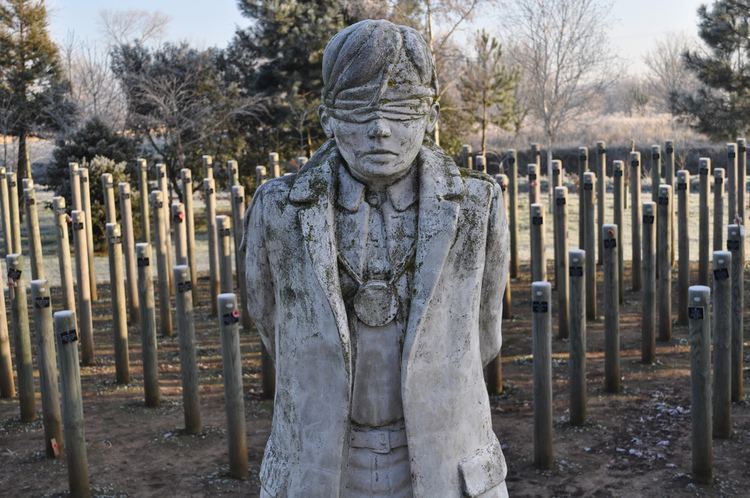 | ||
Material Sculpted concrete statue, surrounded by 307 wooden stakes Similar National Memorial Arboretum, Armed Forces Memorial, Casualty Clearing Station, Menin Gate, Thiepval Memorial | ||
Shot at dawn memorial 4k
The Shot at Dawn Memorial is a monument at the National Memorial Arboretum near Alrewas, in Staffordshire, UK. It memorializes the 306 British Army and Commonwealth soldiers executed after courts-martial for desertion and other capital offences during World War I.
Contents

Shot at dawn memorial
Background
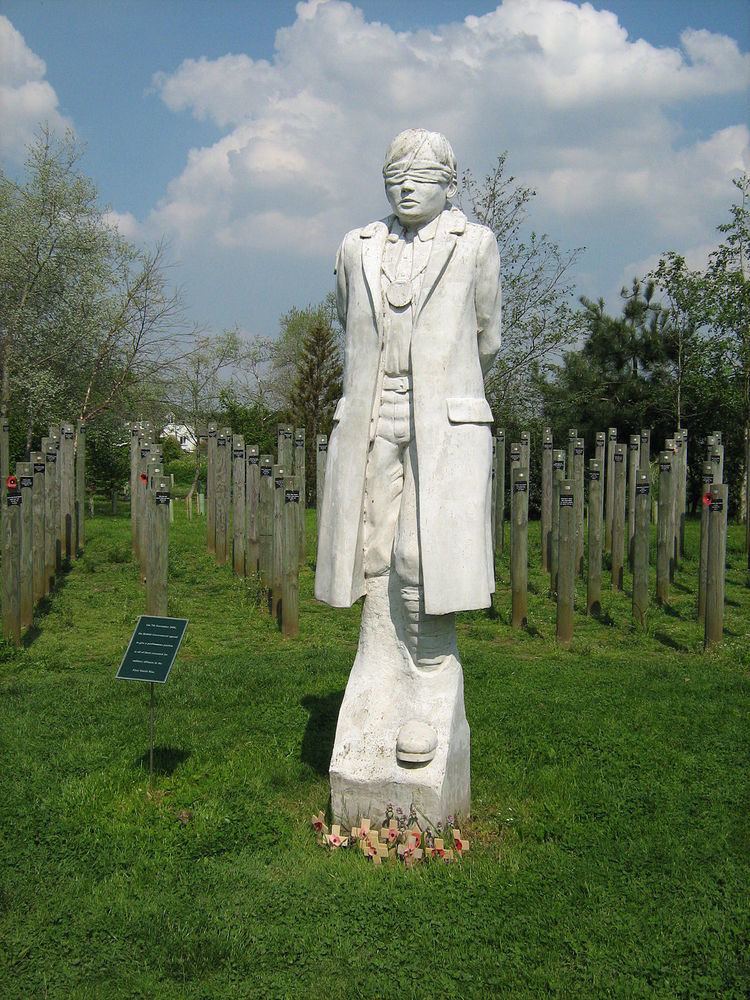
The memorial is to servicemen executed by firing squad during the First World War. It is alleged that soldiers accused of cowardice were often not given fair trials; they were often not properly defended, and some were minors. Other sources contend that military law, being based on Roman rather than Common law, appears unfamiliar to civilian eyes but is no less fair. It was the court's role to establish facts, for example, not for prosecutors and defenders to argue their cases; and Holmes states "it was the first duty of the court to ensure the prisoner had every advantage to what he was legally entitled". If men seemed unrepresented it was because they generally chose to speak in their own defence. The usual cause for their offences has been re-attributed in modern times to post-traumatic stress syndrome and combat stress reaction. Another perspective is that the decisions to execute were taken in the heat of war when the commander's job was to keep the army together and fighting.
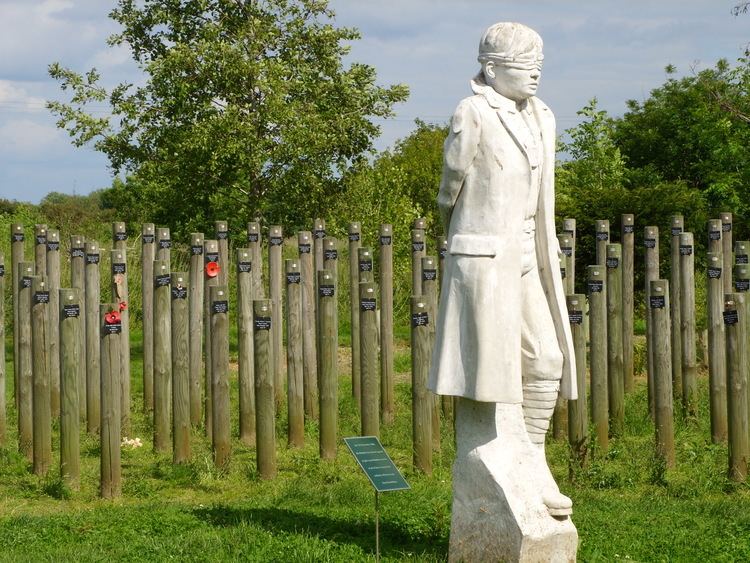
Of the 200,000 or so men court-martialed during the First World War, 20,000 were found guilty of offences carrying the death penalty; of those, 3000 actually received it, and of those 346 were carried out. The others were given lesser sentences, or had death sentences commuted to a lesser punishment; This might be forced labour, field punishment or a suspended sentence (91 of the men executed were under suspended sentence: 41 of those executed under suspended death sentences, and one had been sentenced to death (and had the sentence suspended) twice before). Of the 346 men executed, 306 were pardoned; the remaining 40 were those executed for mutiny or murder, who would have been executed even under civilian law.
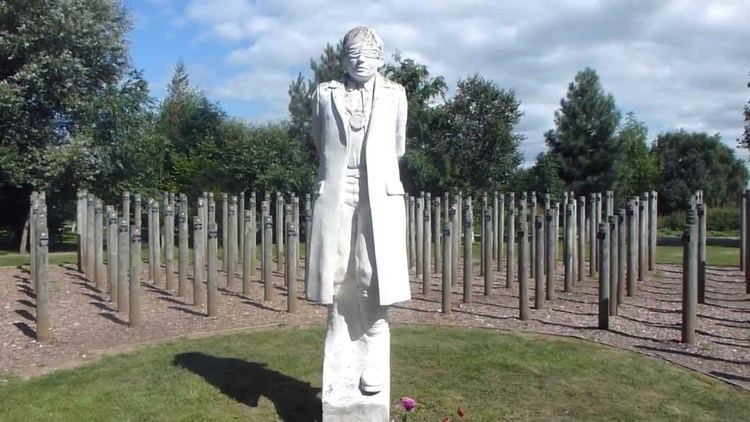
The families of these victims often carried the stigma of the label of "coward". Another side to this form of justice is the lasting emotional pain caused to those who were in the firing squads, shooting those found guilty.
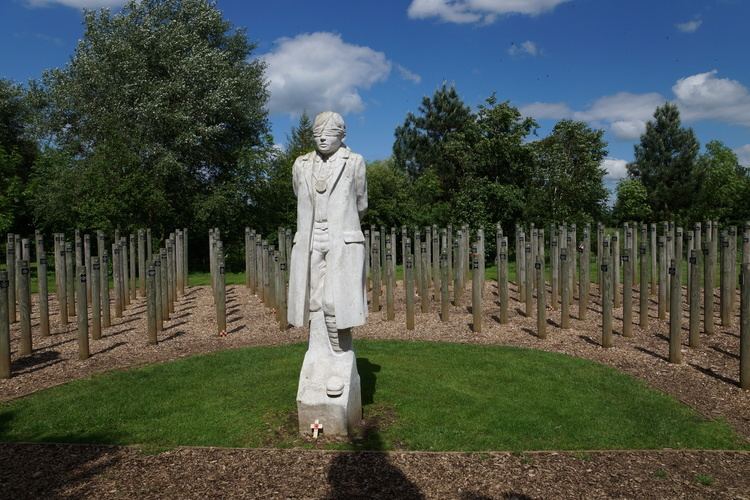
Britain was one of the last countries to withhold pardons for men executed during World War I. In 1993, John Major emphasised, to the House of Commons that pardoning the men would be an insult to those who died honourably on the battlefield and that everyone was tried fairly. However, in August 2006 the then Defence Secretary, Des Browne, reversed this decision. He stated that he did not want "to second guess the decisions made by commanders in the field, who were doing their best to apply the rules and standards of the time", but that "it is better to acknowledge that injustices were clearly done in some cases, even if we cannot say which - and to acknowledge that all these men were victims of war". In 2007, the Armed Forces Act 2006 was passed allowing the soldiers to be pardoned posthumously, although section 359(4) of the act states that the pardon "does not affect any conviction or sentence."
Memorial
The memorial was created by the British public artist Andy DeComyn. It was created in 2000 as a gift from the artist to the relatives and was unveiled at the National Memorial Arboretum by Gertrude Harris, daughter of Private Harry Farr, in June 2001. Marina Brewis, the great-niece of Lance Corporal Peter Goggins, also attended the service.
The memorial portrays a young British soldier blindfolded and tied to a stake ready to be shot by a firing squad. The memorial was modelled on the likeness of 17-year-old Private Herbert Burden, who lied about his age to enlist in the armed forces and was later shot for desertion. It is surrounded by a semicircle of stakes on which are listed the names of every soldier executed in this fashion.
Tables
By nationality
By theatre of war
By charge
